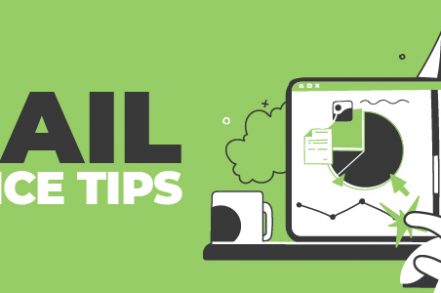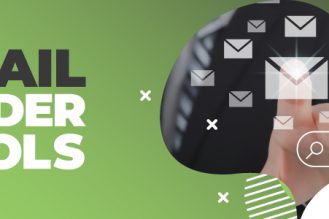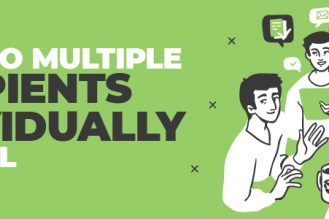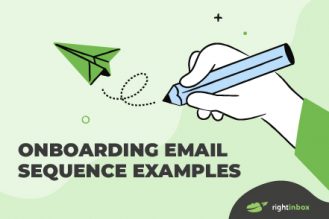If you’re like most people, your inbox is probably overflowing with emails. It can be tough to keep up with all of them, let alone respond to each one promptly. That’s where email cadence comes in.
By following a few simple tips, you can make sure that your inbox doesn’t get too out of control. Plus, by using an email cadence tool, you can automate some of the more tedious tasks associated with managing your email list.
Email campaigns can be a great asset, but they shouldn’t be arranged arbitrarily. You won’t be able to send a single, universal email blast to all your contacts at any given time. Your prospects and customers will not be open to receiving them.
Email cadence is a key component of an email campaign’s success. It describes the pace and playbook for a successful campaign. Let’s dive deeper into email cadence and the basic principles of structuring one that will succeed.
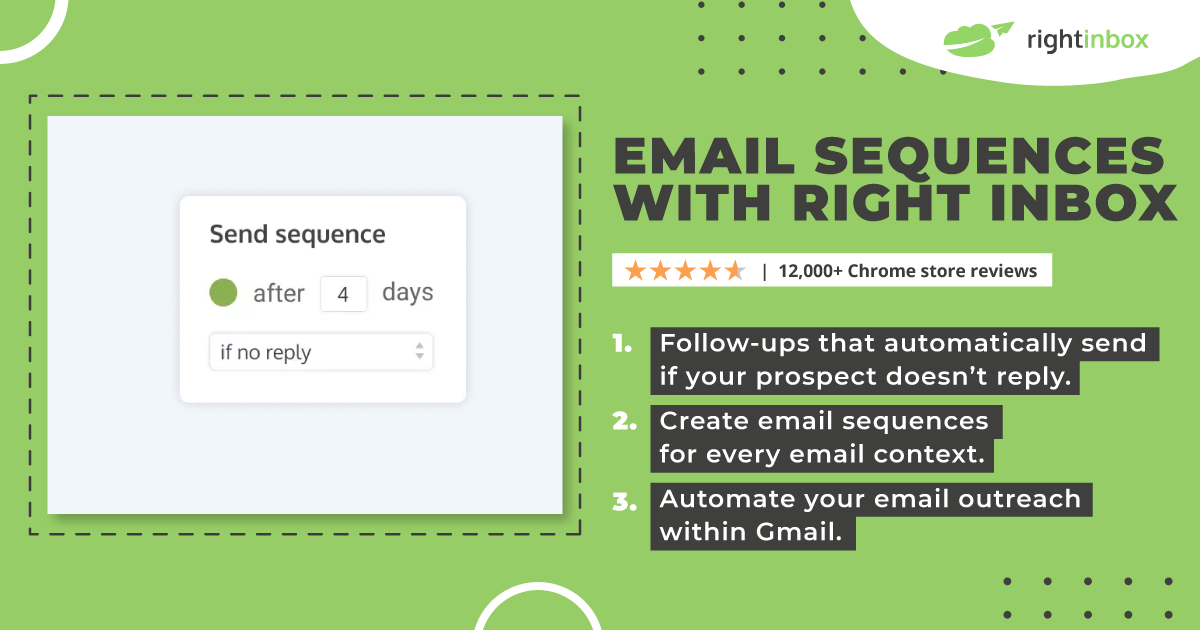
Instal Right Inbox for FREE.
What is an Email Cadence?
Email cadence refers to the overall rhythm of an email campaign. It is the order and timing in which you send emails to prospects and customers at specific points in the buyer’s journey.
The effectiveness of the email campaign’s cadence can make or break its success. Your email marketing campaigns can yield a lot of value if you get the right emails to customers at the right times.
However, if you are too intrusive, obnoxious, or directionless, you could lose opportunities to guide leads along their buyer’s journeys. Potential customers won’t listen to you if they feel irritated or confused by your promotions and newsletters.
These are the best practices you can use to make sure your next campaign’s email content is as good as possible.
Email Cadence Tips for your Email Campaigns
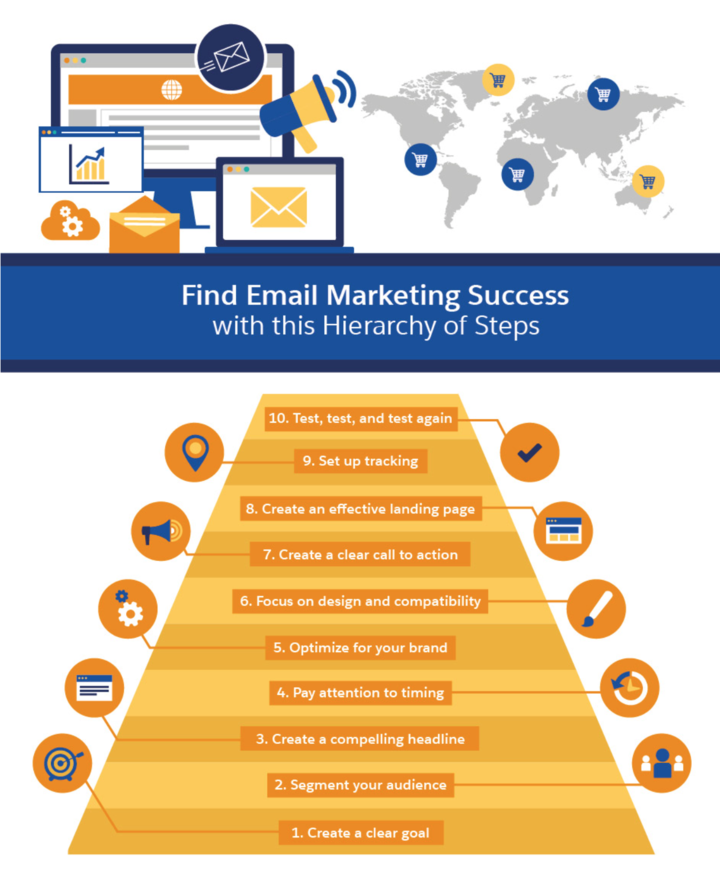
(Source)
1. Know your Goals
It is important to understand the goals and objectives of your email cadence. What do you hope to achieve by sending emails regularly?
Are you looking to increase traffic to your blog or website? Drive e-commerce sales? Schedule meetings or close deals?
By understanding your goals, you can create an email cadence that will help you achieve them.
An email cadence is intended to guide buyers from A to B. If you don’t know what “point B” means, you can’t do that. Your ultimate goal will determine the strategy behind your cadence. If your goal is to increase traffic to your blog you may lose more subscribers than if you were trying for sales leads or scheduling demos.
Your cadence will be haphazard and aimless if you send emails just for the sake of sending them. You’ll also waste time and resources on campaigns that don’t work.
2. Understand the Mindset of each Customer
An email cadence is essential to pinpoint the messaging that will resonate with a particular customer at a given time. This means that you can’t just send one-size-fits-all emails. It is important to send your customers something relevant to them.
This often means understanding their buyer’s journey.
A buyer’s journey refers to the process through which buyers evaluate, consider, and ultimately decide to buy a product or service. It can be divided into three stages: Awareness, Consideration, and Decision.
It is impossible to target all three stages of buyers with the same message and expect it to immediately register with them. Different stages and engagement levels within each stage warrant different messages.
This type of coordination is also possible thanks to automation. Many types of email and marketing automation software can be used to customize the timing and content of emails to suit different leads’ interests and behavior.
3. Personalize your Email when Possible
Think back to all the targeted emails that companies have sent you over time. How likely were you to click on emails addressed to “valued customers” or “to whom it may concern?” It’s not outrageous to assume that the answer is “not very often.”
Your customers are your top priority. A successful cadence depends on your leads clicking through your emails and moving through their buyer’s journey. Your prospects could end up in buyer’s limbo if you send mass-email blasts that are impersonal and generic.
4. Don’t be Shy
You shouldn’t be too concerned about “I don’t wish to bother you” when planning an email cadence. It is easy to feel anxious about losing leads by being intrusive or obnoxious. But you need to realize that there is a difference between being pushy and persistent. Professionalism always pays off in the end so plan your email sequence with confidence!
You’re missing sales opportunities if you don’t send out emails regularly. Engaging prospects and customers is a key part of email marketing strategy. If you only send an email to a lead once every two months, you can become an afterthought.
Email cadences can be achieved by strategically striking while the iron’s still hot. If you are too reluctant to strike, you can’t do it.
5. Be Gentle
While you should not be passive, you don’t want to be aggressive. If your leads receive obtrusive reminders and promotions every day, they will unsubscribe from your mailing lists.
6. Find the Right Frequency for your Business
Email frequency is not a fixed number. It will vary from one business to the next. It might take some time to figure out how often your emails should be sent.
It can be helpful to look at industry averages for email frequency to get a good idea of where to start. A prominent fashion brand that regularly sends out coupons and promotions is unlikely to have the same frequency as a mid-sized B2B SaaS business looking to meet decision-makers.
Email frequency is not an exact science. It will likely take some trial and error before you find the one that works best for your business and your customers.
7. Allow your Subscribers to have Control
Your subscribers should always have the ability to set their email frequency. This autonomy can help them avoid unsubscribing to your mailing list if they find your email frequency too high. Include a link at the end of your emails that allows them to change their email preferences.
Customers don’t always view email frequency in absolutes. Even if they are overwhelmed by the number of emails you send them, they might still want to hear from you. Give them the space to take the brakes.
8. Segment Your Audience
The beautiful thing about email marketing is that you can identify certain types of customers within the larger group. Just because your avatars share things in common doesn’t mean they are the same or that they respond the same to your emails.
For instance, you can track who opened your previous campaign email. Then, the next email that you send out can be tweaked with a stronger call-to-action for those who read the previous one, versus another version for those who aren’t as engaged.
This helps you control the cadence to keep it at the right level for each segment. Someone who is not quite aware that they even have a problem probably isn’t as ready for a sales email as someone who is actively looking for a solution and comparing competitors.
9. Get Direct Feedback
There are two ways to approach your email cadence — take a guess or ask your market directly what they want.
So when you notice a particular email or campaign getting great results, ask your prospects what they liked about it! The same is true for the opposite situation, where you ask people who have stopped engaging or did not take action.
There is always something you can improve. Instead of being a mind reader, ask the best resource in the world — your actual prospects.
10. Test, Test, Test
A cadence is a powerful way to structure your email approach. However, as great as it is, it is still a framework that is meant as a guideline, and it won’t be perfect on day one.
Therefore, the best thing you can do to improve every aspect of your email cadence is to continually test different aspects.
You can A/B test your headlines, body copy, call-to-action buttons, and anything you want these days. It only takes a negligible amount of work compared to the data you can glean. The end result is that your campaigns always improve, month after month and are an important asset to your business.
Track emails, email reminders & templates in Gmail for free
Upgrade Gmail with the features it’s missing
Add to GmailDavid Campbell
David Campbell is the editor of the Right Inbox blog. He is passionate about email productivity and getting more done in less time.
